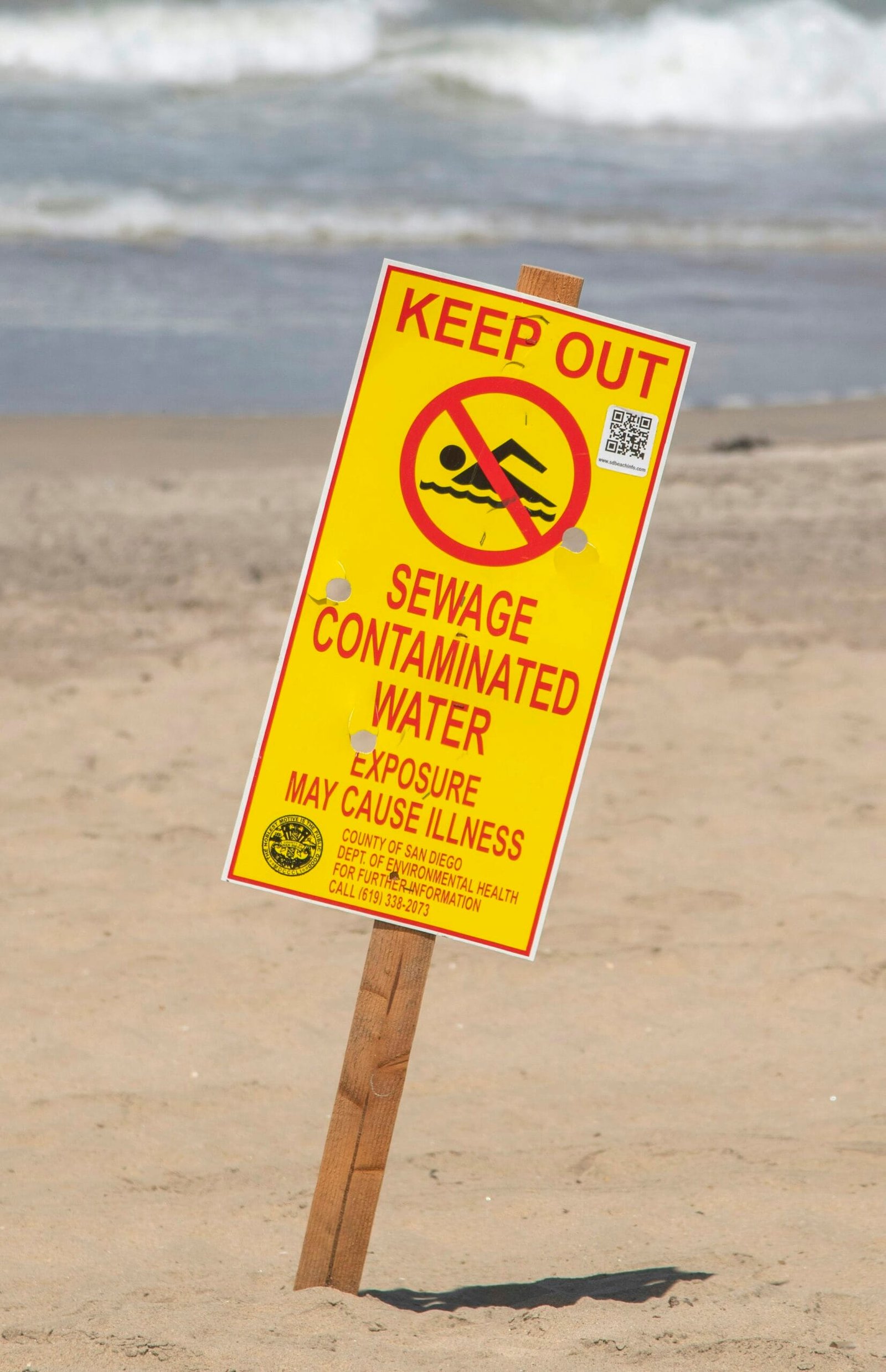Have you ever considered the quality of water flowing through the taps in your home? It’s easy to assume that because it’s so readily available, it must be safe. However, recent reports highlight a concerning issue affecting water wells across the United States. Numerous private and public drinking water wells have been found contaminated with arsenic and other harmful elements. In this discussion, we’ll delve into what’s behind this water quality crisis and what it means for communities nationwide.
Understanding Groundwater and Wells
To grasp the nuances of this issue, it helps to start with the basics of groundwater and wells. Groundwater is the water present beneath the Earth’s surface in soil pore spaces and in the fractures of rock formations. This underground water source is accessed via wells, which can be either private or public. Wells are classified into different types based on their construction and depth, such as dug, driven, or drilled wells.
Types of Wells and Their Vulnerabilities
Most rural areas rely on private wells, while urban areas often use public wells managed by municipalities. Dug wells, being shallower, are more susceptible to contamination from surface runoff. Drilled wells, reaching deeper aquifers, are generally safer but not impervious to issues. Contamination can seep through even to deep wells, especially in areas with fractured rocks.
Arsenic and its Sources
Arsenic, a naturally occurring element found in the Earth’s crust, can enter water supplies through natural deposits or from agricultural and industrial activities. It’s a toxin known to cause a variety of health issues, including cancer and cardiovascular disease.
Natural vs. Anthropogenic Contamination
While arsenic can naturally leach into groundwater from surrounding rocks, human activities can exacerbate the problem. Industrial plants, mining operations, and agriculture can introduce higher concentrations of arsenic into water systems. Recognizing these sources is crucial in addressing contamination.

The Extent of the Problem in the U.S.
Recent investigations reveal alarming levels of arsenic in many U.S. water wells. In some areas, arsenic levels far exceed the Environmental Protection Agency (EPA) maximum contaminant level (MCL) of 10 micrograms per liter.
Geographic Distribution
The problem is not uniformly spread across the country. Certain regions, such as the Southwest and parts of New England, are particularly prone due to specific geological formations. High concentrations have also been detected in parts of the Midwest and California, affecting millions of residents.
Other Harmful Elements: Beyond Arsenic
While arsenic garners much of the attention, other contaminants present in water wells include lead, nitrates, and Per- and Polyfluoroalkyl Substances (PFAS).
Lead and Its Impact
Lead contamination, often resulting from corroded pipes, poses significant health risks, especially to children, affecting their development and cognitive function. Lead is not naturally occurring in water but comes from plumbing materials and industrial waste.
The Rise of PFAS
PFAS, often referred to as “forever chemicals,” are synthetic compounds found in numerous household and industrial products. Their persistence in the environment and potential health risks have drawn increased scrutiny. These chemicals have been detected near military bases and industrial sites.
Nitrates: A Common Contaminant
Nitrates, primarily from fertilizers and septic systems, are a common groundwater contaminant in agricultural areas. High nitrate levels can be particularly harmful to infants, leading to conditions such as methemoglobinemia or “blue baby syndrome.”

Health Implications of Contaminated Drinking Water
The contamination of drinking water wells doesn’t just pose regulatory issues; it has direct implications for public health. Long-term exposure to these harmful elements can cause chronic health conditions.
Short-term vs. Long-term Effects
While acute exposure might cause gastrointestinal issues, the long-term risks of ingesting contaminated water include cancer, organ damage, and developmental issues in children. The risks highlight the need for regular monitoring and actionable intervention strategies.
Measures and Solutions: Addressing the Crisis
Addressing this contamination requires a multi-faceted approach that includes testing, remediation, and regulation.
Regular Testing and Monitoring
Individuals utilizing private wells should conduct regular water testing to detect contaminants early. Public health departments can offer resources and guidance on how to proceed if contaminants are detected.
Remediation Strategies
For affected wells, several treatment options are available:
- Filtration Systems: Installing activated carbon filters can reduce certain contaminants, though not all.
- Reverse Osmosis: This system is effective for removing a wide range of contaminants, including arsenic and nitrates.
- Chemical Precipitation: Adding chemicals to water can cause contaminants like arsenic to form insoluble particles, which can then be filtered out.
Policy and Regulatory Intervention
The role of policy cannot be understated in mitigating this issue. Stricter regulatory measures at both the state and federal levels are essential to ensure safe drinking water. The EPA must enforce regulations that hold industries accountable while providing guidance to municipalities and well owners.

Community Engagement and Education
Public awareness and education are key in addressing water contamination. Communities must be informed of potential risks and the steps they can take.
Educational Initiatives
Workshops and community programs can educate residents on maintaining safe water wells, recognizing contaminants, and knowing when and how to test water quality.
Community Action Plans
Neighborhood associations and local governments can collaborate on contingency plans and resources. Grant programs and incentives can help fund necessary upgrades to water systems, ensuring safer water access for all.
Conclusion
The revelation that many U.S. drinking water wells are contaminated with arsenic and other elements is a clarion call for action. While the challenge is significant, it is not insurmountable. By understanding the issue, advocating for stronger protections, and investing in practical solutions, communities can ensure safer water for themselves and future generations. Your vigilance, combined with informed action, plays a crucial role in safeguarding public health and sustainability of water resources.
So, next time you turn on the tap, give a thought to what’s coming through those pipes. Your health, and that of your community, could depend on it.

